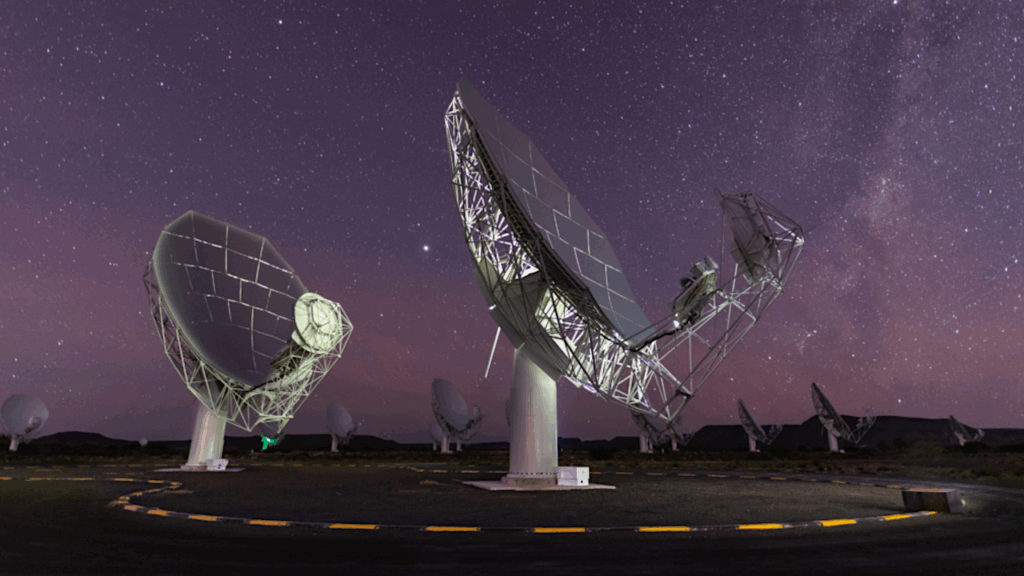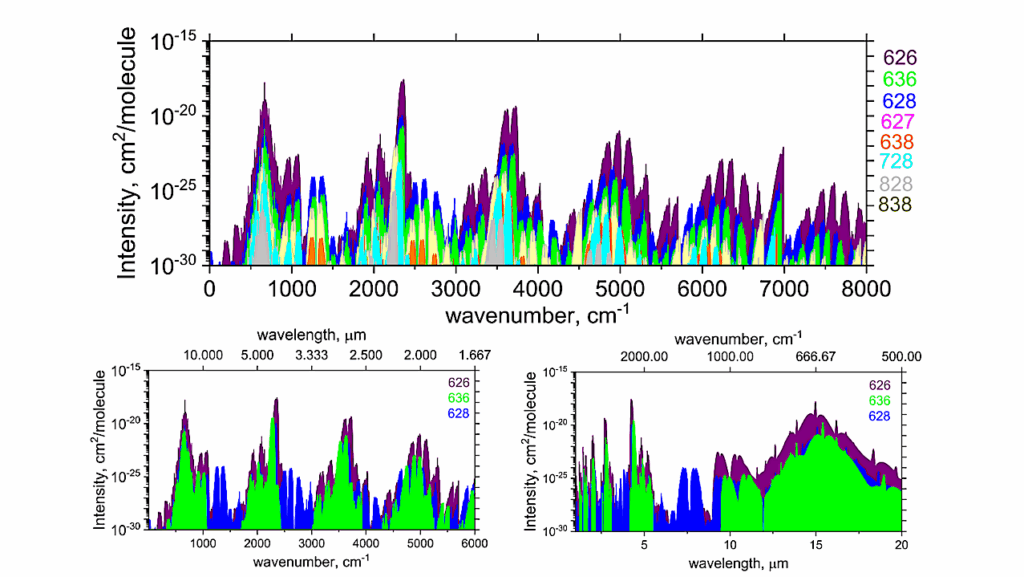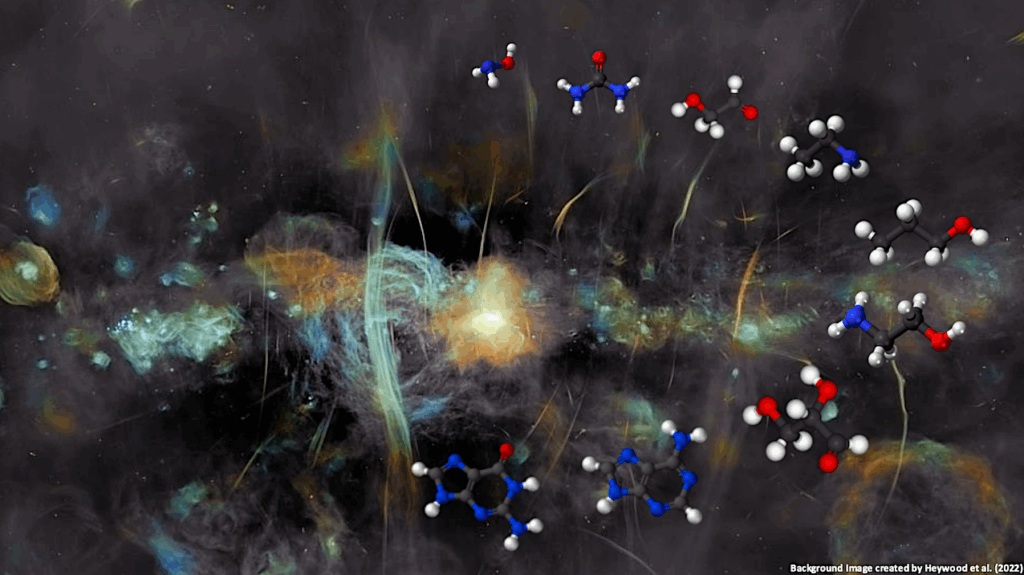QRIS: A Quantitative Reflectance Imaging System for the Pristine Sample of Asteroid Bennu
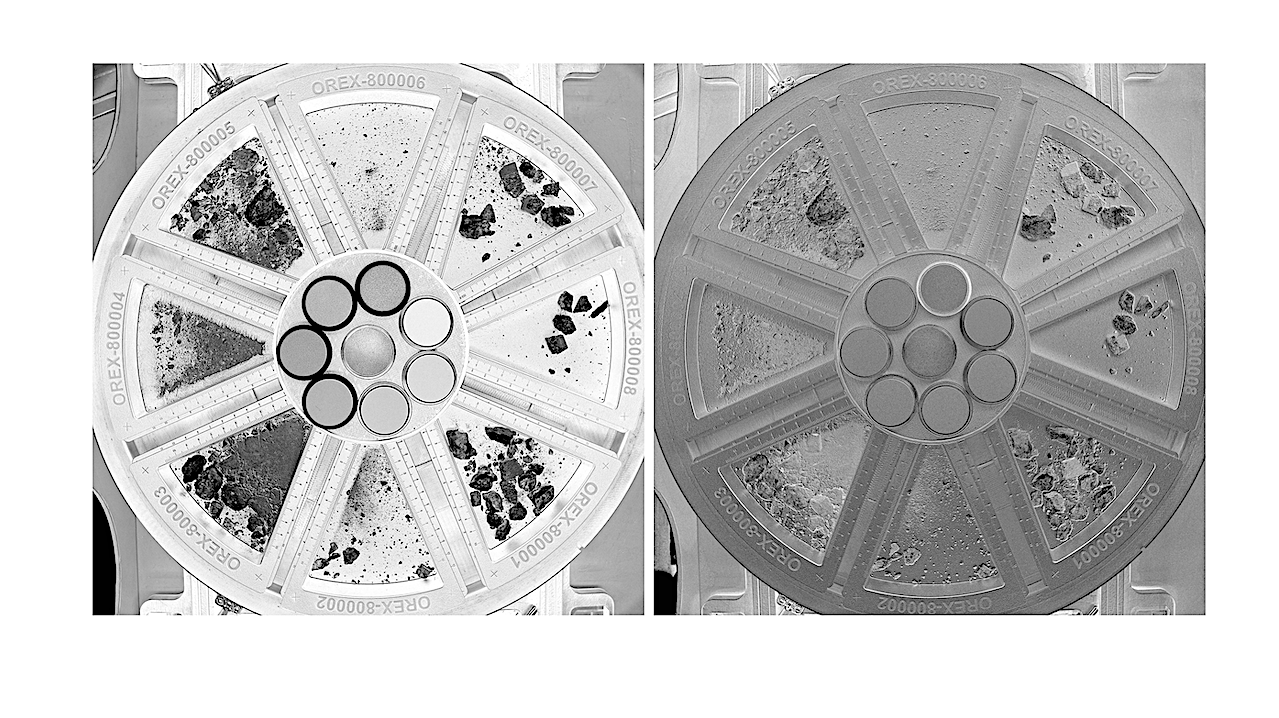
The Quantitative Reflectance Imaging System (QRIS) is a laboratory-based spectral imaging system constructed to image the sample of asteroid Bennu delivered to Earth by the Origins, Spectral Interpretation, Resource Identification, and Security-Regolith Explorer (OSIRIS-REx) spacecraft.
The system was installed in the OSIRIS-REx cleanroom at NASA’s Johnson Space Center to collect data during preliminary examination of the Bennu sample. QRIS uses a 12-bit machine vision camera to measure reflectance over wavelength bands spanning the near ultraviolet to the near infrared. Raw data are processed by a calibration pipeline that generates a series of monochromatic, high-dynamic-range reflectance images, as well as band ratio maps, band depth maps, and 3-channel color images. The purpose of these spectral reflectance data is to help characterize lithologies in the sample and compare them to lithologies observed on Bennu by the OSIRIS-REx spacecraft.
This initial assessment of lithological diversity was intended to help select the subsamples that will be used to address mission science questions about the early solar system and the origins of life and to provide important context for the selection of representative subsamples for preservation and distribution to international partners. When QRIS imaged the Bennu sample, unexpected calibration issues arose that had not been evident at imaging rehearsals and negatively impacted the quality of QRIS data.
These issues were caused by stray light within the lens and reflections off the glovebox window and interior, and were exacerbated by the sample’s extremely low reflectance. QRIS data were useful for confirming conclusions drawn from other data, but reflectance and spectral data from QRIS alone unfortunately have limited utility.
Left: QRIS installed on its gantry over a mock glovebox at the University of Arizona. Right: QRIS installed on its gantry over the real glovebox in the OSIRIS–REx cleanroom at JSC.
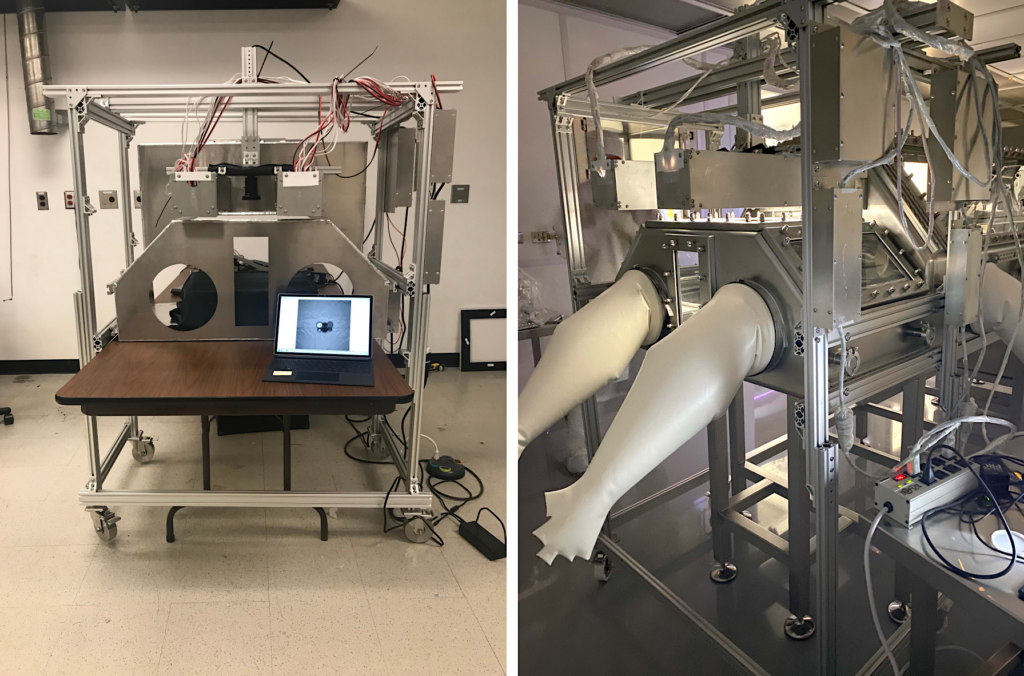
Ruby E. Fulford, Dathon R. Golish, Dante S. Lauretta, Daniella N. DellaGiustina, Steve Meyer, Nicole Lunning, Christopher Snead, Jason P. Dworkin, Carina A. Bennett, Harold C. Connolly Jr., Taylor Johnson, Anjani T. Polit, Pierre Haennecour, Andrew J. Ryan — astro-ph.EP
Comments: 41 pages, 27 figures
Subjects: Earth and Planetary Astrophysics (astro-ph.EP); Instrumentation and Methods for Astrophysics (astro-ph.IM); Instrumentation and Detectors (physics.ins-det)
Cite as: arXiv:2402.18674 [astro-ph.EP] (or arXiv:2402.18674v1 [astro-ph.EP] for this version)
Submission history
From: Ruby Fulford
[v1] Wed, 28 Feb 2024 19:38:15 UTC (36,980 KB)
https://arxiv.org/abs/2402.18674
Astrobiology, Astrochemistry,



